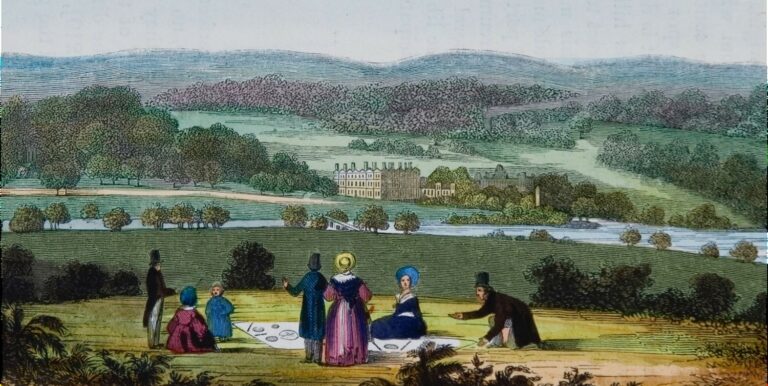He revived 18th-century ideas about creating a picture via landscape, but his approach was also highly practical, as shown by not only his many books but also the gardening magazines he published, The Garden and Gardening Illustrated, with contributions from leading contemporary garden writers.
Outspoken and disputatious, he notoriously lambasted contemporary architects’ involvement in gardens, especially the Italianate style of stonework and topiary. Architects such as Reginald Blomfield and J.P. Seddon in turn objected to ‘landscape naturalists’ unsuccessfully copying nature, setting up an artificial dichotomy between the roles of the architect and the gardener/plantsman in garden design. This allowed the partnership of Gertrude Jekyll and Edwin Lutyens to prove that there was no conflict between formality and naturalism, developing an Arts and Crafts garden style which married house and garden.





